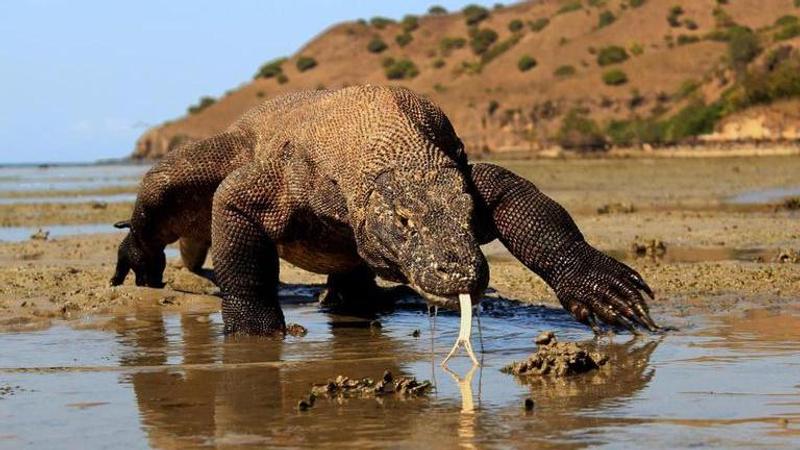Published 08:40 IST, September 27th 2020
Komodo dragons could become extinct in few decades due to climate change: Study
A study has derived that the world’s largest lizard also known as the Komodo dragon could be pushed to extinction in few decades due to drastic climate change.

Mounting on the already existing issues of climate change, a new international study has derived that the world’s largest lizard also known as the Komodo dragon could be pushed to extinction 'in a matter of decades' due to drastic changes in the Earth’s atmosphere until measures are taken to control the same.
As per the research led by the University of Adelaide and Deakin University and published on the official website and an online journal, the impact of global warming threatens the mere existence of the Komodo dragons that already live in restricted habitats.
The researchers have stressed that the issue of Komodo dragons must be better incorporated into the environmental conversation strategies and climate change would severely reduce their population in a matter of decades. The experts came up with models that predicted that these animals would become extinct in more than 50 per cent of their habitats known to humans.
“Climate change is likely to cause a sharp decline in the availability of habitat for Komodo dragons, severely reducing their abundance in a matter of decades,” says lead author Dr Alice Jones from the University of Adelaide’s School of Biological Sciences. “Our models predict local extinction on three of the five island habitats where Komodo dragons are found today.”
‘Most iconic lizard species’
In the study, the researchers have elaborated that the Komodo dragon or Varanus komodoensis is “world’s most iconic lizard species” and it has been on the planet for more than million years. However, only 4,000 of them are estimated to survive in the wild. They are endemic to only five islands all in southeast Indonesia including Komodo, Rinca, Nusa Kode and Gili Motang which are part of Komodo National Park, and Flores, the fifth and largest island which has three nature reserves. Jones also noted that the present conservation strategies are not enough to avoid the decline of a species and called for new reserves.
“Current-day conservation strategies are not enough to avoid species decline in the face of climate change. This is because climate change will compound the negative effects of already small, isolated populations,” said Dr Jones. “Interventions such as establishing new reserves in areas that are predicted to sustain high-quality habitats in the future, despite global warming, could work to lessen the effects of climate change on Komodo dragons.”
Image: Achmad Ariefiandy, Komodo Survival Program
Updated 08:40 IST, September 27th 2020



